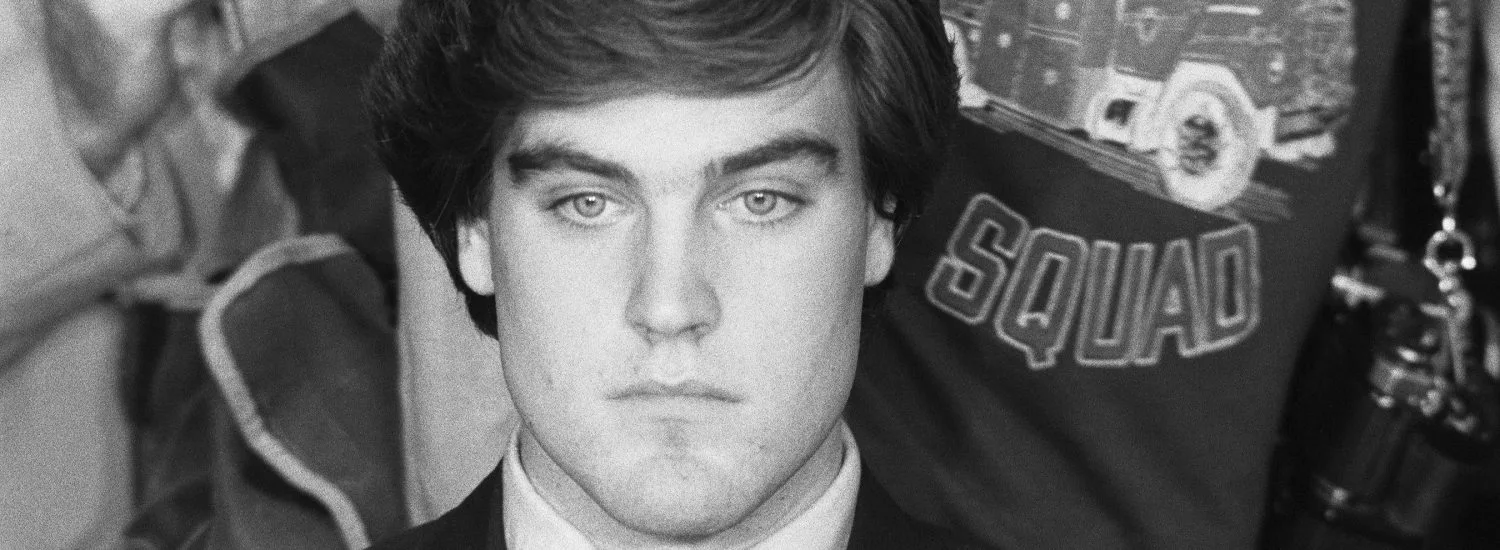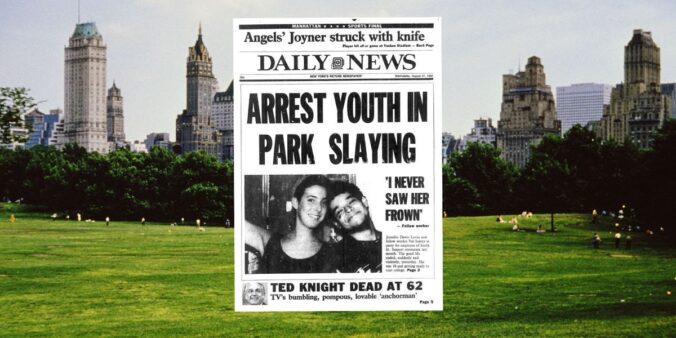The plausible connection between a predator priest and a convicted killer
I remember the Preppy Murder case quite clearly. It happened at the end of August, 1986. I was a 26-year-old aspiring actor/singer, working in Manhattan five days a week at a Murray Hill restaurant, The Back Porch. The Mets were tearing up the league, and one of their star pitchers, Ron Darling, who lived in the neighborhood, occasionally dropped in for a meal. Then on August 27, the news came that a pretty uptown girl, 18-year-old Jennifer Levin, had been strangled in Central Park. Her alleged killer was 20-year-old Robert Chambers, an Upper Eastside teen with movie star looks and the cold, dead eyes of a psychopath.

Chambers claimed he had accidentally killed Levin during “rough sex,” but forensic evidence indicated a vicious beating and strangulation. The press painted Chambers as a bad seed, a privileged youth from a broken home, who gravitated towards drugs and supported his habit with burglary. Chambers came across as a soulless psycho who threw Levin’s life—as well as his own—away like so much trash. I remember seeing him on TV in an infamous video clip after he’d been released on bail. He was partying with friends. Looking stoned, he grabbed a small doll and twisted the head, while diabolically groaning Levin’s name. When the doll’s head came off in his hands, he muttered, “I think I killed her.” I was thoroughly repulsed; to me, Chambers was the epitome of the spoiled brat of the Silk-Stocking class.
I was tangentially familiar with his ilk. I had attended high school on the Upper East Side, at Regis, an elite Jesuit institution with a difference. It had been founded as an all-scholarship Catholic school for the academically talented sons of working class and immigrant families. My classmates and I commuted to the Upper East Side daily, most of us knowing we didn’t belong there. The Preppy Murder Case, as it was called, reinforced my notion that Robert Chambers and I came from different worlds. However, a recent video investigation from Church Militant reveals there were several points of intersection: Irish heritage, the Catholic church, and the lurking presence of pedophile, predator priests. Please watch the video below. (Here’s a link if the video doesn’t appear.)
I want to be clear that I have never been assaulted or molested by a priest. But I have plenty of friends and acquaintances who were. While at Regis, I was aware of one priest who groomed boys for sexual violation, and punished boys who rebuffed his advances. He just happened to be in charge of admissions, which enabled him to corrupt the selection process to meet his grooming goals. I have since learned of one more priest, who was credibly accused of sexual assault and was later laicized. The Jesuits knew the second priest was a problem before posting him at Regis, because he had been credibly accused of sexual impropriety with male students at McQuaid high school in Rochester, NY. But instead of drumming that predator out of the Society of Jesus, Jesuit mucky-mucks from the provincial hierarchy, those in the know, attended the ceremony at Regis when this predator priest took his final vows.
My life has not been directly affected by priestly misconduct, except perhaps that I didn’t get the guidance I needed in my formative years, because too many of my would-be mentors were distracted by their pursuit of sexual gratification from my peers. My reason for writing this post is compassion for my wounded friends and my still-simmering anger at a corrupt institution that not only turned a blind eye towards sexual predation, but knowingly promoted the worst of the worst to positions where they could do lasting harm to innocent young people.

I encourage you to watch the Church Militant video in its entirety. The circumstantial evidence forms a compelling case that Theodore McCarrick, while a priest and bishop of the Archdiocese of New York, abused Robert Chambers, setting him on a path of self-destruction that ruined his life and ended the life of Jennifer Levin. The sins of the father were visited upon the son. The Bible says this phenomenon can last for three or four generations. Various organs of the Catholic Church have acted corruptly to ensure that intense pain would pass down for generations. It needs to end.
Disclaimer: This column may contain affiliate links which help to support the website. When you click on a link and make a purchase, the website receives a small commission at no additional charge to you. Thank you for your support.


Leave a Reply
You must be logged in to post a comment.